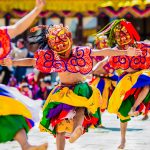Divine Serenity: Unveiling the Shankaracharya Temple
Visiting the Shankaracharya Temple is one of the holiest things to do in Srinagar which is hidden away among the majestic Himalayan peaks, overlooking the charming city of Srinagar, one of the essential additions to our Kashmir tour packages.
This eternal monument, which is perched atop Shankaracharya Hill, is evidence of the Hindu culture and philosophy’s enduring impact in the Valleys of Kashmir.
History of Shankaracharya Temple
Originally built in the 9th century AD by Raja Gopadatya, the temple was dedicated to Lord Shiva and served as a place of worship for Hindu devotees.
Legend has it that the great philosopher and theologian Adi Shankaracharya visited this sacred site during his spiritual journey across India.
He is believed to have meditated in a cave located nearby, infusing the surroundings with his divine presence. As a tribute to his visit, the temple came to be known as the Shankaracharya Temple.
Over the centuries, the temple underwent several renovations and expansions, each adding to its architectural splendor and spiritual significance. Today, it stands as a testament to the enduring legacy of Hindu culture and philosophy in the Kashmir Valley.
Design and Features of the Shankaracharya Temple
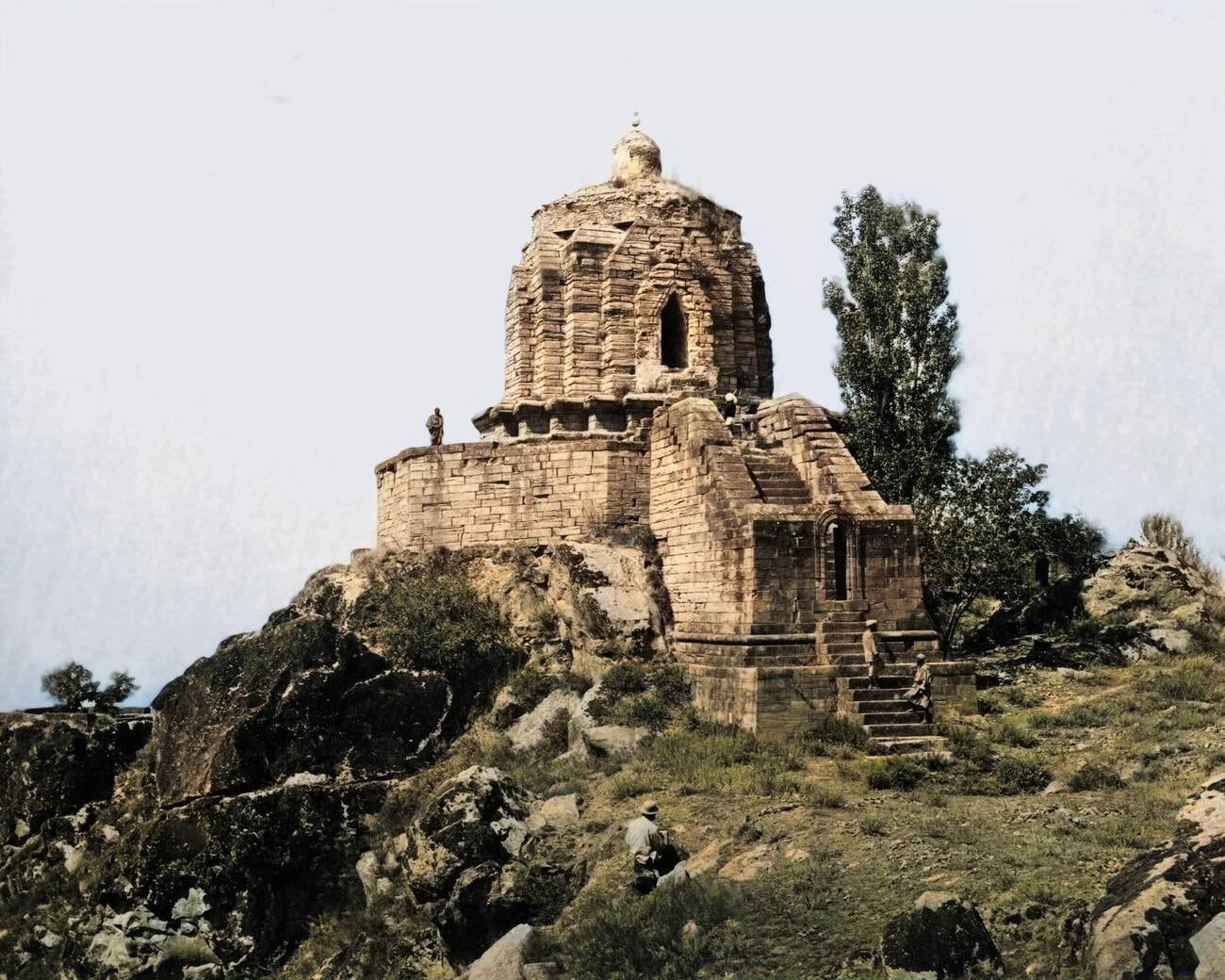
- The Shankaracharya Temple stands as a remarkable testament to ancient Indian architectural skills, blending elements of Kashmiri and North Indian architectural styles.
- The main structure of the temple is made up of strong stone blocks that have been carefully put together to last over time. Its conical roof, which is covered in elaborate carvings and decorative designs, gives off an air of majesty and respect.
- The primary deity of the temple complex, Lord Shiva, resides in the sanctum sanctorum in the shape of a lingam, which is an image of cosmic energy and creation.
- Subsidiary buildings and pavilions encircle the main temple; each has a distinct function in the religious rites and festivities held there.
Places to Visit Near the Shankaracharya Temple
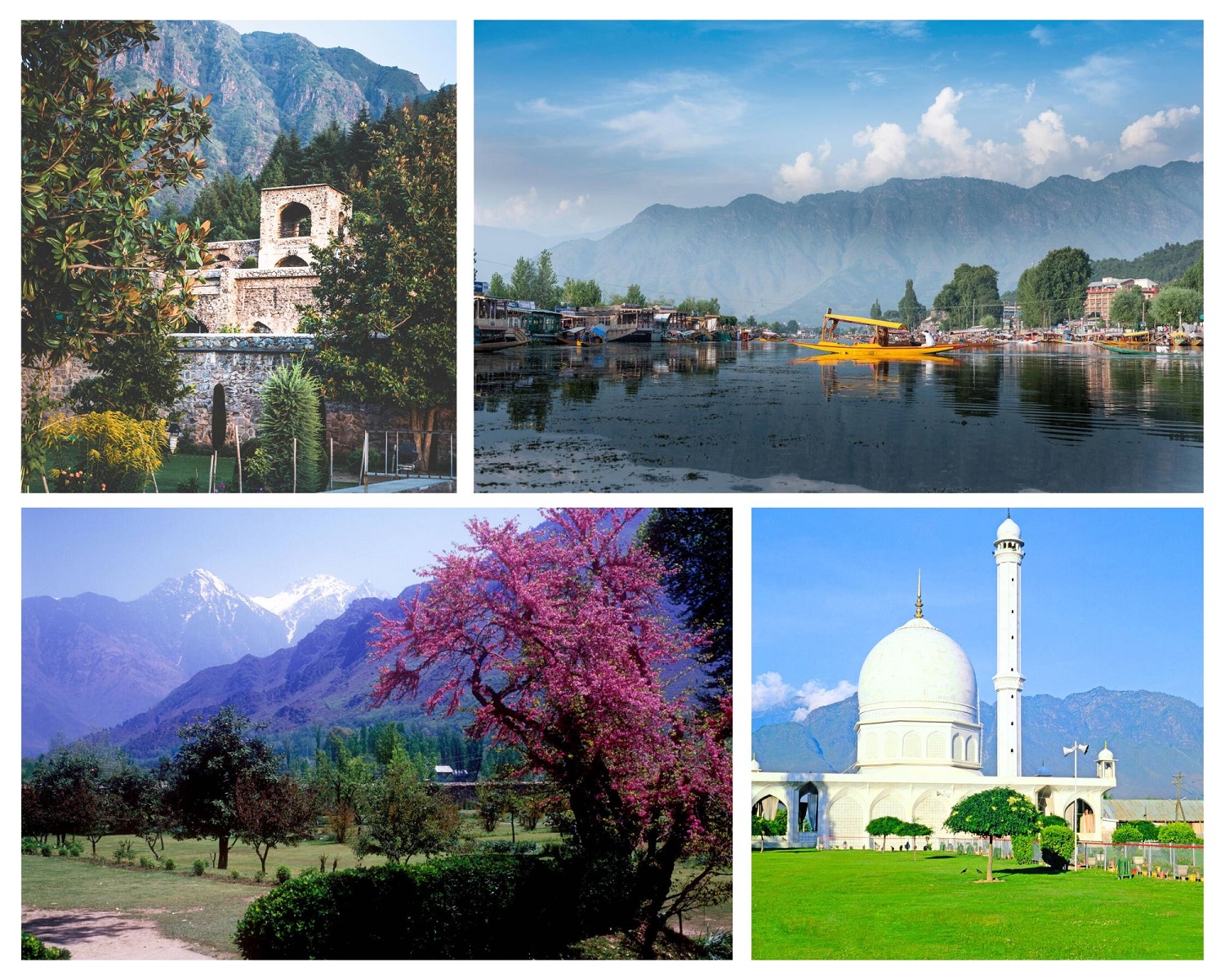
Surrounded by breathtaking natural beauty, the Shankaracharya Temple offers visitors a serene retreat from the hustle and bustle of daily life. Nearby attractions include:
Dal Lake: Embark on a serene shikara ride on the pristine waters of Dal Lake, offering stunning views of the surrounding mountains and Mughal gardens.
Mughal Gardens: Explore the lush greenery and exquisite Mughal architecture of Nishat Bagh, Shalimar Bagh, and Chashme Shahi, located near the temple.
Hazratbal Shrine: Pay homage to the revered Hazratbal Shrine, one of the holiest religious places in Kashmir, situated on the banks of Dal Lake.
Pari Mahal: Marvel at the beauty of Pari Mahal, a historic monument perched atop the Zabarwan Range, offering panoramic views of Srinagar city.
Activities to Undertake at Shankaracharya Temple
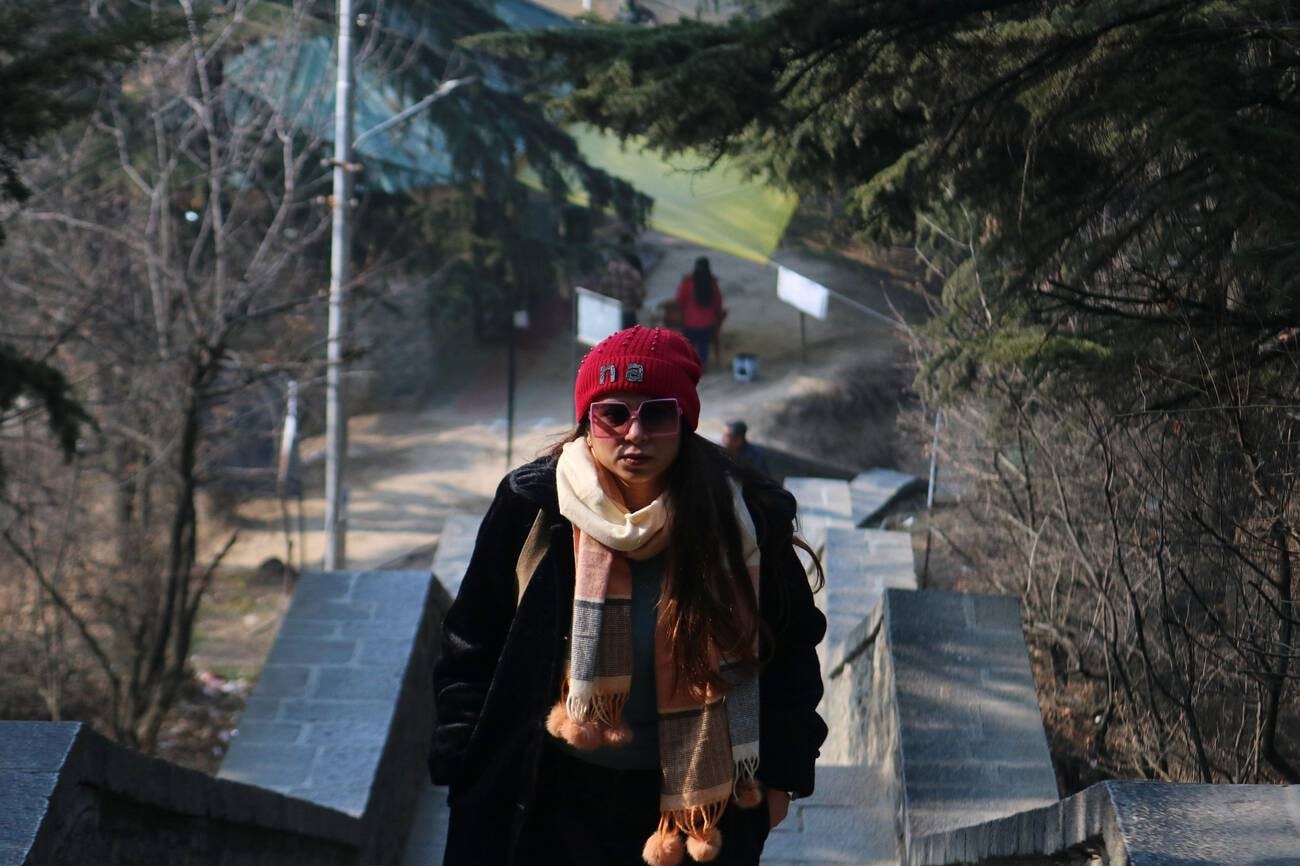
At the Shankaracharya Temple, visitors can partake in a variety of spiritual and cultural activities, including:
Worship and Meditation: Experience moments of tranquility and inner reflection as you offer prayers and meditate in the sanctum sanctorum of the temple.
Photography: Capture the breathtaking vistas of Srinagar City and Dal Lake from the vantage point of Shankaracharya Hill, immortalizing your visit through stunning photographs.
Nature Walks: Take strolls along the winding pathways surrounding the temple, soaking in the pristine beauty of the Himalayan landscape and encountering native flora and fauna along the way.
Cultural Performances: Witness traditional Kashmiri music and dance performances organized at the temple premises, showcasing the rich cultural heritage of the region.
Location
The Shankaracharya Temple is situated atop Shankaracharya Hill, also known as Takht-e-Suleiman, in the Durgjan district overlooking the picturesque city of Srinagar in the Indian Union territory of Jammu and Kashmir.
Timings
The temple is open to visitors throughout the week, from 7:30 am to 5 pm. However, it is advisable to visit during the early morning hours or late afternoon to avoid the crowds and witness the mesmerizing sunrise or sunset views from the hilltop.
How to Reach the Shankaracharya Temple
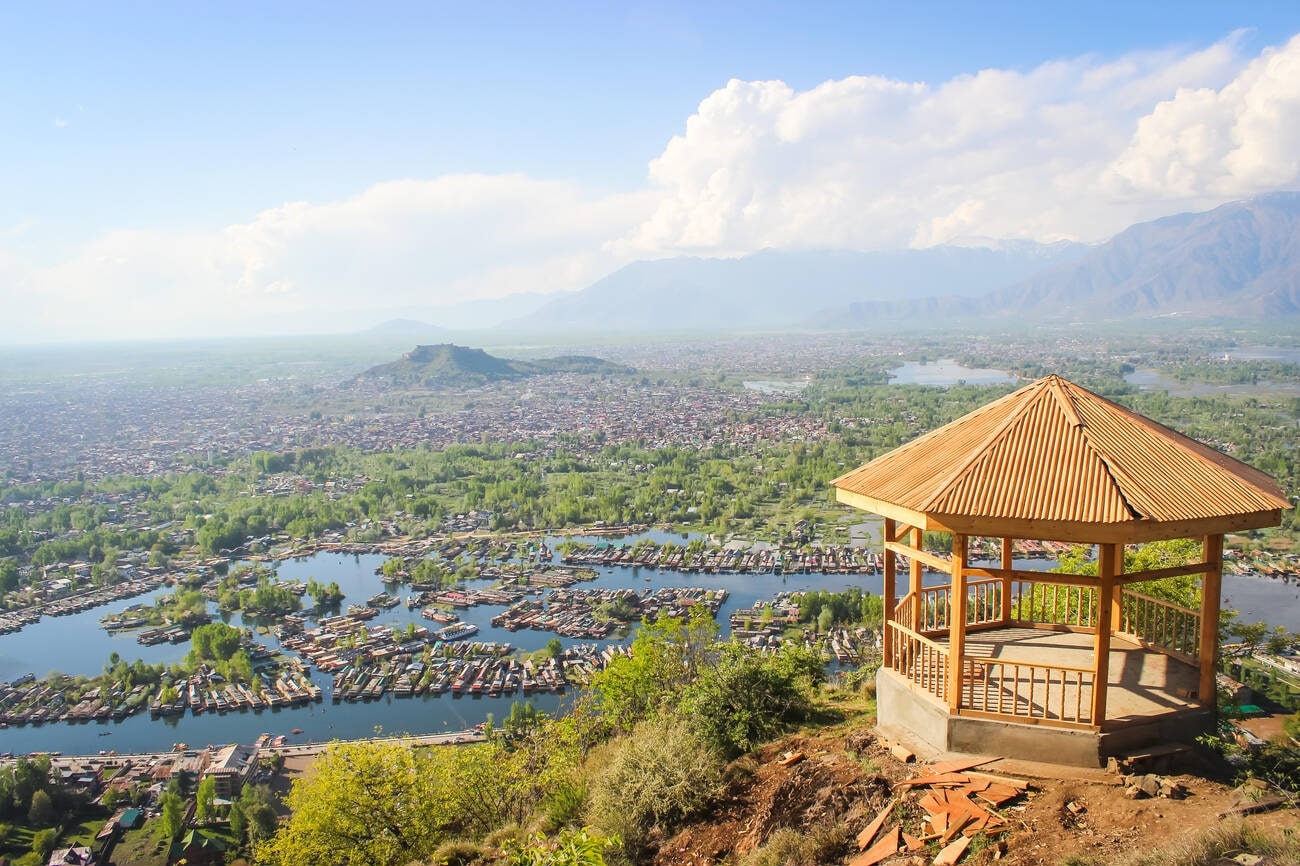
The temple is easily accessible by road from the city center of Srinagar. Visitors can either hire a taxi or take a private vehicle to reach the base of Shankaracharya Hill. From there, a flight of approximately 250 steps leads to the temple complex.
For those traveling from outside the region, Srinagar is well-connected by air, rail, and road networks. The nearest airport is Srinagar International Airport, located approximately 15 kilometers away from the city center, while the nearest railway station is Jammu Tawi Railway Station, situated around 300 kilometers away.
Spiritual Practices and Rituals
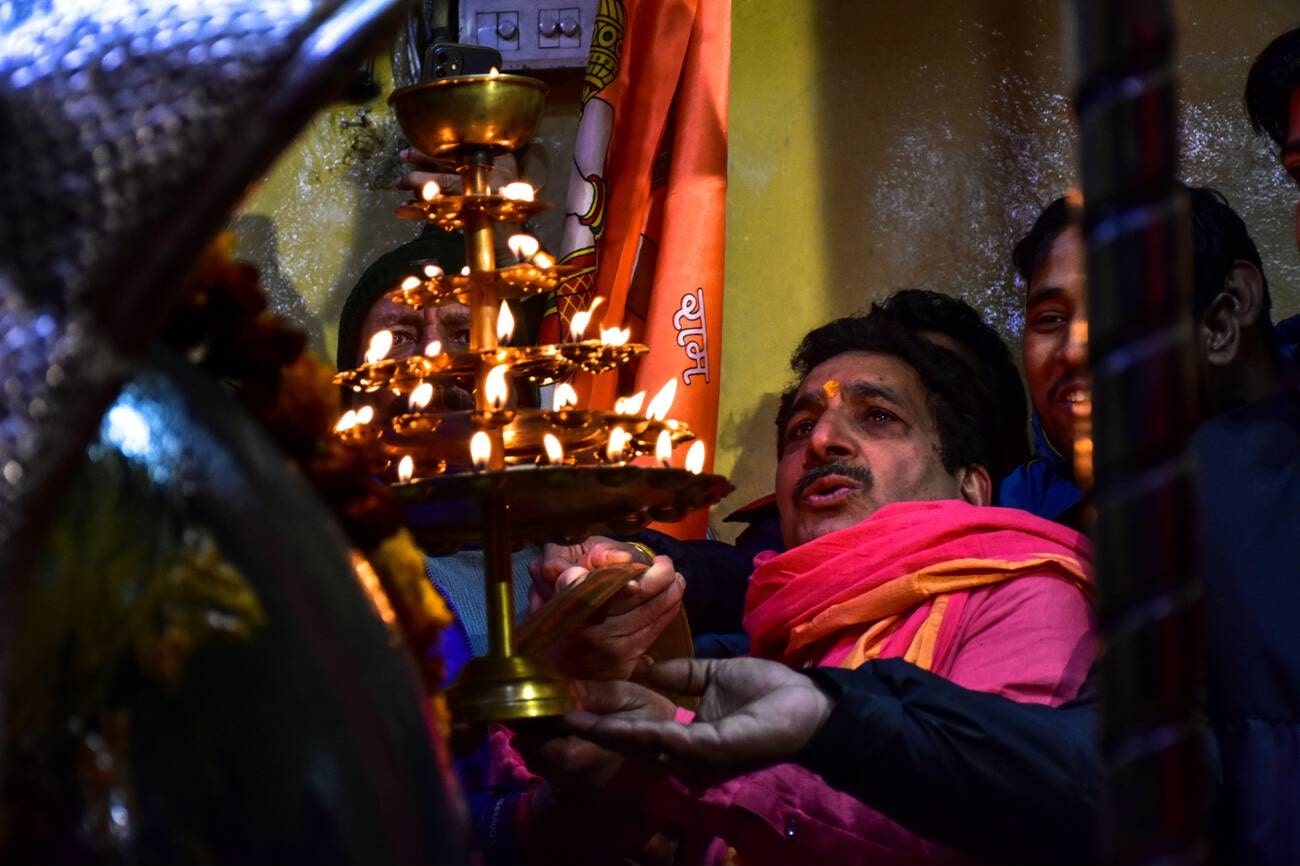
Visitors are invited to partake in a variety of spiritual practices and rituals that have been integral to the temple’s tradition for centuries.
Morning Aarti: The day at the Shankaracharya Temple begins with the melodious strains of devotional songs and the rhythmic chanting of mantras, as priests perform the morning aarti (ritual of worship) to invoke the blessings of the divine.
Abhishekam: One of the most sacred rituals performed at the temple is the abhishekam, or ceremonial bathing, of the deity.
Devotees have the opportunity to participate in this ritual by offering sacred substances such as milk, water, honey, and ghee to the lingam, symbolizing the purification and sanctification of the soul.
Darshan: The highlight of any visit to the Shankaracharya Temple is the darshan, or sacred viewing, of the deity. Pilgrims queue patiently in line, eagerly awaiting their turn to catch a glimpse of Lord Shiva’s divine form and receive his blessings.
Pradakshina: Circumambulating the sanctum sanctorum in a clockwise direction, known as pradakshina, is a common practice among devotees visiting the temple.
Offerings and Devotion: Throughout the day, devotees offer flowers, incense, and other sacred offerings at the shrine, expressing their love and devotion to the divine.
Special Occasions and Festivals
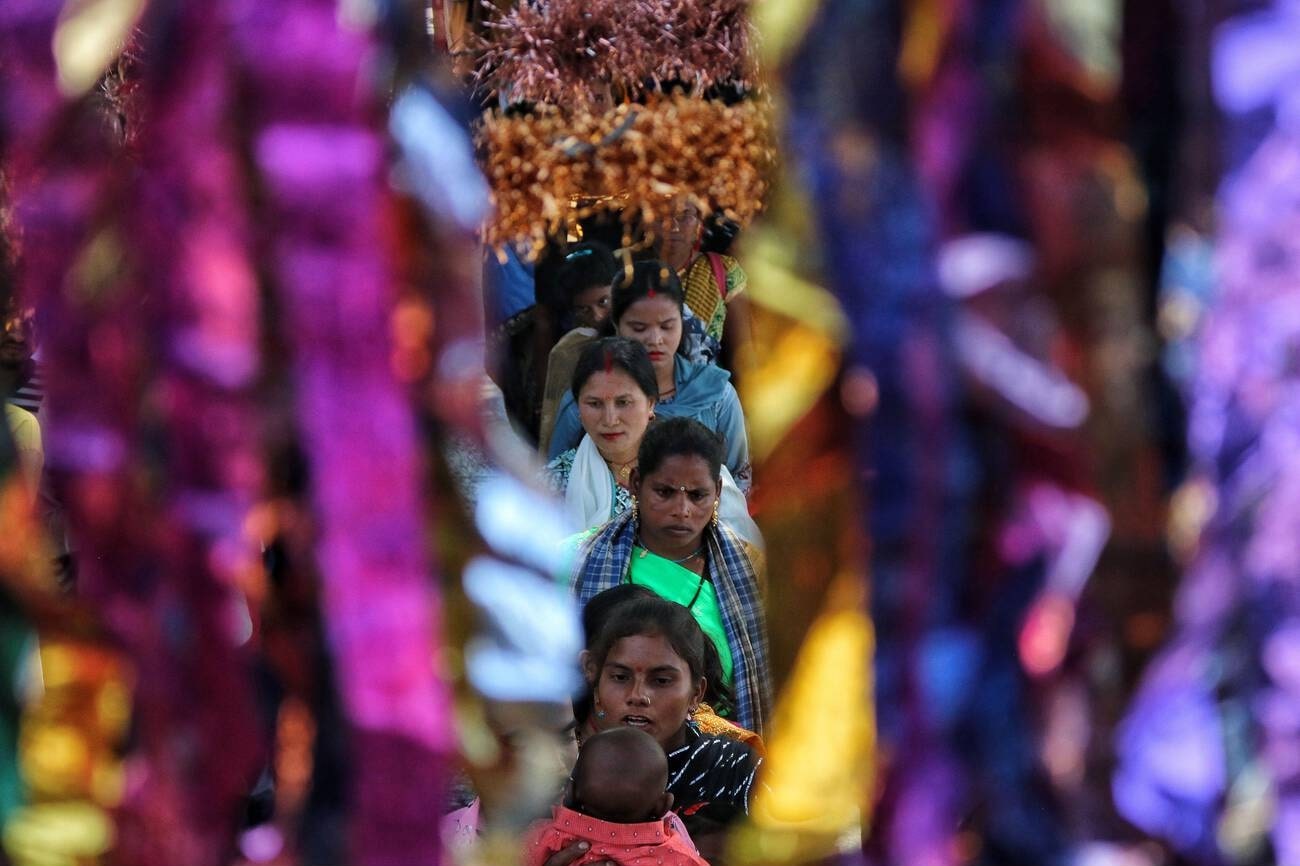
From Maha Shivaratri to Navratri, the temple comes alive with the sound of bells during these festivals in Jammu and Kashmir, the fragrance of flowers, and the devotion of pilgrims, creating an atmosphere of joy and spiritual fulfillment.
A visit to the Shankaracharya Temple offers not just a glimpse into the rich history and spiritual heritage of Kashmir, but also an opportunity to immerse oneself in the timeless beauty of nature and experience moments of peace and serenity amidst the Himalayan landscape and one of the many reasons why Kashmir Is Called Heaven On Earth.
What is the historical significance of the Shankaracharya Temple?
The Shankaracharya Temple holds historical significance as one of the oldest and most revered Hindu temples in the Kashmir Valley, believed to have been originally built in the 9th century AD.
How can I reach the Shankaracharya Temple, and what are the visiting hours?
To reach the Shankaracharya Temple, visitors can hire a taxi or take a private vehicle to the base of Shankaracharya Hill in Srinagar, Kashmir. From there, they can ascend approximately 250 steps to reach the temple complex. The timings of the temple are from 7:30 am to 5 pm.
Are there any special guidelines or dress codes to follow when visiting the temple?
Yes, when visiting the Shankaracharya Temple, it is advisable to dress modestly and respectfully. Visitors are typically required to remove their shoes before entering the temple premises.
What can visitors expect to see at the Shankaracharya Temple?
Visitors to the Shankaracharya Temple can expect to see a blend of architectural magnificence, spiritual serenity, and breathtaking views of the surrounding landscape.




